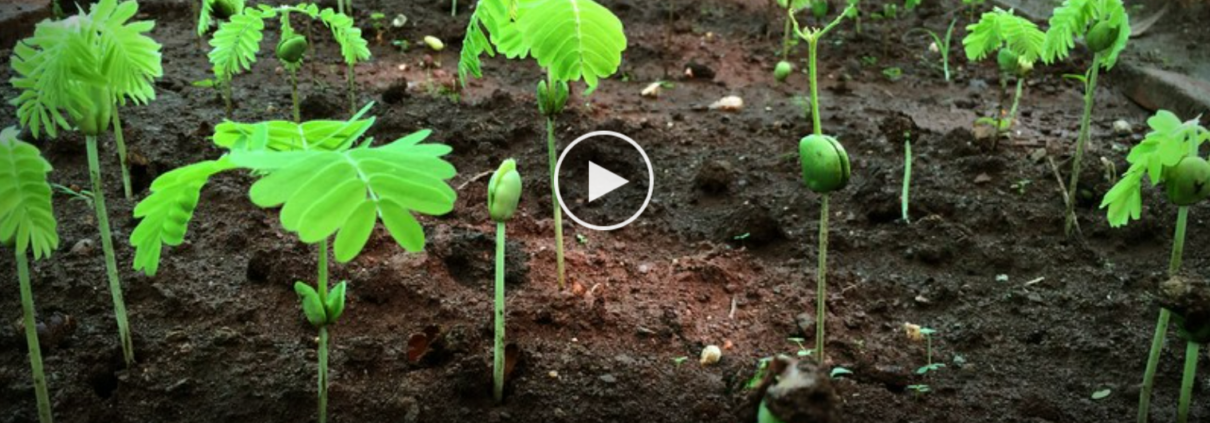Our 5 Favorite TedTalks about the Great Outdoors
1. Nature is everywhere — we just need to learn to see it by Emma Marris
“How do you define “nature?” If we define it as that which is untouched by humans, then we won’t have any left, says environmental writer Emma Marris. She urges us to consider a new definition of nature — one that includes not only pristine wilderness but also the untended patches of plants growing in urban spaces — and encourages us to bring our children out to touch and tinker with it, so that one day they might love and protect it.”
2. What are Animals Thinking and Feeling? by Carl Safina
“What’s going on inside the brains of animals? Can we know what, or if, they’re thinking and feeling? Carl Safina thinks we can. Using discoveries and anecdotes that span ecology, biology and behavioral science, he weaves together stories of whales, wolves, elephants and albatrosses to argue that just as we think, feel, use tools and express emotions, so too do the other creatures – and minds – that share the Earth with us.”
3. The Secret of the Bat Genome by Emma Teeling
“In Western society, bats are often characterized as creepy, even evil. Zoologist Emma Teeling encourages us to rethink common attitudes toward bats, whose unique and fascinating biology gives us insight into our own genetic makeup.”
4. What Ants Teach Us About the Brain, Cancer, and the Internet by Deborah Gordon
“Ecologist Deborah Gordon studies ants wherever she can find them — in the desert, in the tropics, in her kitchen … In this fascinating talk, she explains her obsession with insects most of us would happily swat away without a second thought. She argues that ant life provides a useful model for learning about many other topics, including disease, technology and the human brain.”
5. How to Grow a Forest in You Backyard by Shubhendu Sharma
“Forests don’t have to be far-flung nature reserves, isolated from human life. Instead, we can grow them right where we are — even in cities. Eco-entrepreneur and TED Fellow Shubhendu Sharma grows ultra-dense, biodiverse mini-forests of native species in urban areas by engineering soil, microbes and biomass to kickstart natural growth processes. Follow along as he describes how to grow a 100-year-old forest in just 10 years, and learn how you can get in on this tiny jungle party.”



